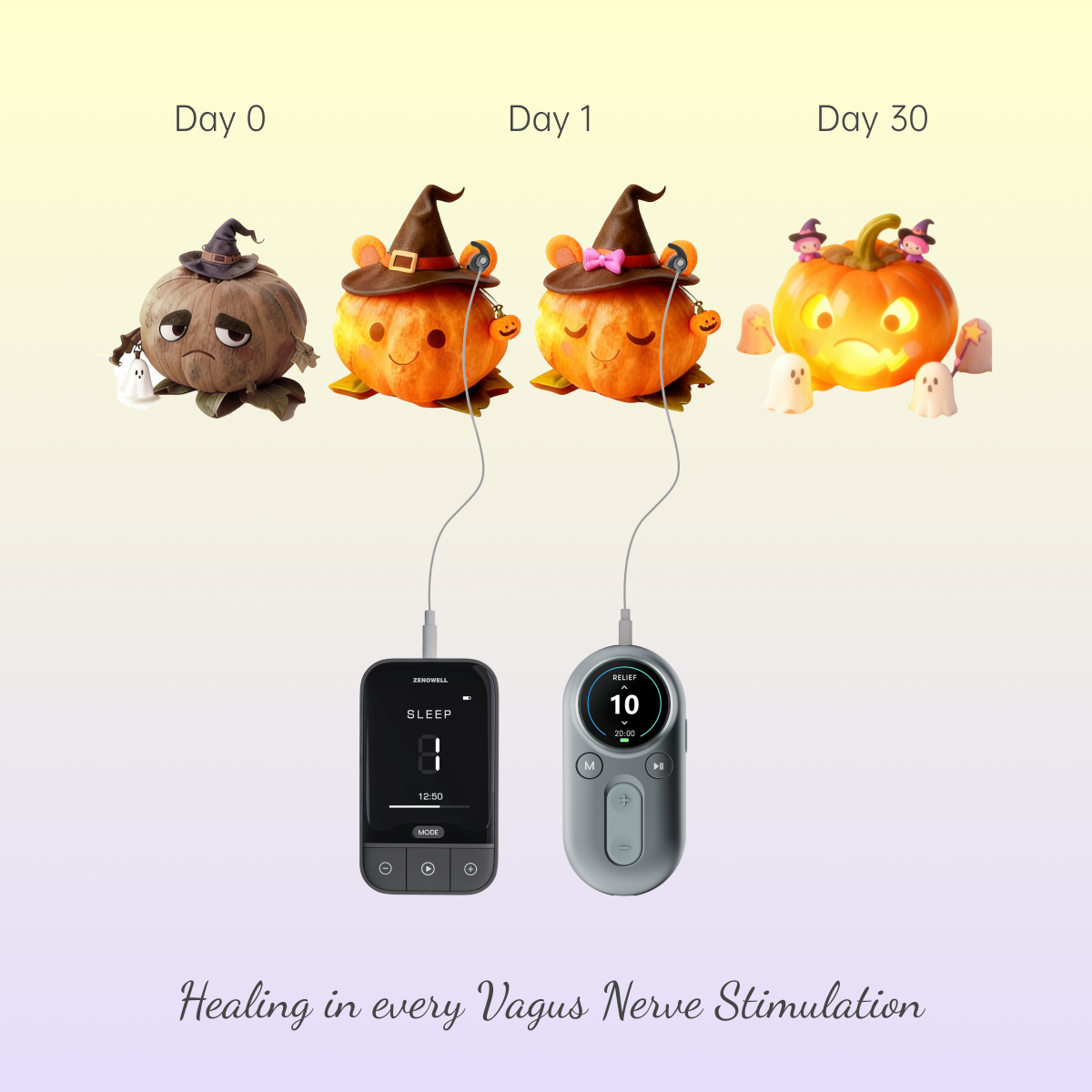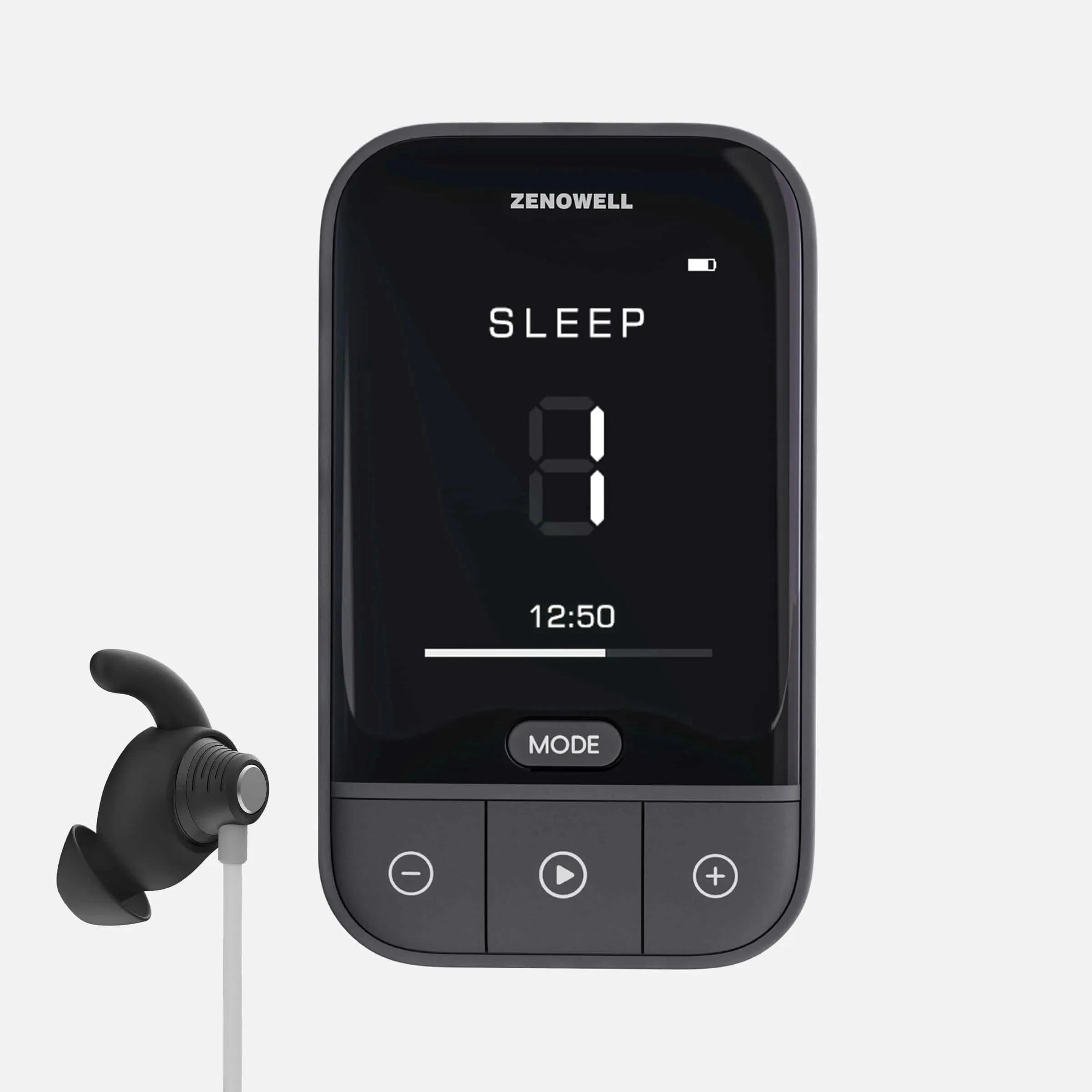Science update: taVNS matches antidepressants in treating depression — with fewer side effects
Two newly published scientific reviews provide compelling evidence for the use of transcutaneous auricular vagus nerve stimulation (taVNS) as a safe, effective intervention for depression and anxiety-related conditions.
As depression continues to impact hundreds of millions worldwide, the need for non-pharmacological, accessible, and well-tolerated treatment options has become increasingly urgent. Recent clinical findings highlight taVNS as a promising neuromodulation therapy—offering both central nervous system and autonomic benefits without the drawbacks of traditional pharmacotherapy or invasive procedures.
Key Findings from the Latest Meta-Analysis (2023)
A systematic review and meta-analysis published in the Journal of Affective Disorders (2023) synthesized data from 12 randomized controlled trials (RCTs) involving 838 participants. The results demonstrated that taVNS:
-
Significantly improves depression scores, as measured by standardized rating scales such as the Hamilton Depression Scale (HAMD).
-
Achieves a higher clinical response rate than sham-taVNS (placebo) controls.
-
Delivers comparable or superior efficacy to antidepressants (ATDs) in multiple trials.
-
Produces fewer side effects than medication-based therapies, particularly when combined with ATDs.
Moreover, taVNS combined with antidepressants was associated with better tolerance, suggesting potential as both a standalone and adjunctive intervention.
Insights from the 2025 Narrative Review
A recent narrative review in Military Medicine (2025) further supports the therapeutic potential of taVNS in mood disorders. The review emphasizes the mechanism by which taVNS activates the auricular branch of the vagus nerve, influencing:
-
Neurotransmitter systems including norepinephrine and serotonin.
-
Brain regions implicated in mood regulation, such as the prefrontal cortex and amygdala.
-
Autonomic nervous system (ANS) balance, enhancing parasympathetic tone and improving heart rate variability (HRV).
This “neuro-reset” function, as the authors describe, positions taVNS as a practical non-invasive alternative to implanted vagus nerve stimulation (iVNS) with fewer risks and greater accessibility.
Who Might Benefit from taVNS?
Emerging clinical evidence suggests that taVNS may be particularly beneficial for patients experiencing depression or anxiety symptoms within the following populations:
-
Peripartum or postpartum depression
-
Post-stroke depression (PSD)
-
Parkinson’s disease with anxiety symptoms
-
Depressive symptoms in epilepsy patients
-
Depression associated with immune deficiency syndromes
-
Depressive symptoms in mild cognitive impairment (MCI)
These diverse use cases highlight taVNS as a potentially universal tool in neuropsychiatric care, particularly where conventional treatments pose limitations.
Why Consider taVNS?
Compared to traditional therapies such as antidepressants, electroconvulsive therapy (ECT), or surgically implanted VNS devices, taVNS offers several key advantages:
-
✅ Non-invasive and needle-free
-
✅ Low risk of side effects
-
✅ Home-usable and wearable
-
✅ Backed by peer-reviewed clinical evidence
-
✅ Well-tolerated by diverse patient groups
- ✅ Low cost
With increasing demand for integrative and personalized approaches to mental health, taVNS is poised to become a frontline intervention in modern psychiatry.
Final Thoughts
“taVNS may become a future frontline therapy—not just a supplement—for depression care.”
As the body of research grows, the clinical potential of taVNS continues to gain recognition among researchers, healthcare providers, and patients alike. Its ability to modulate brain-body circuits safely and effectively places it at the frontier of neuroscience-based mental health treatment.
References:
















